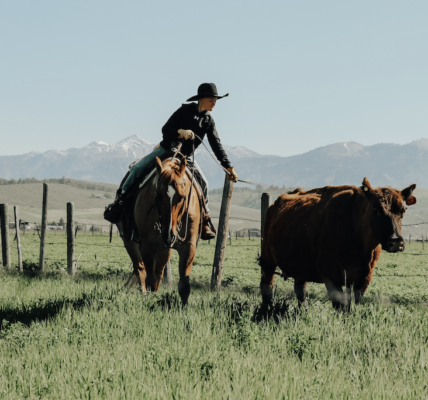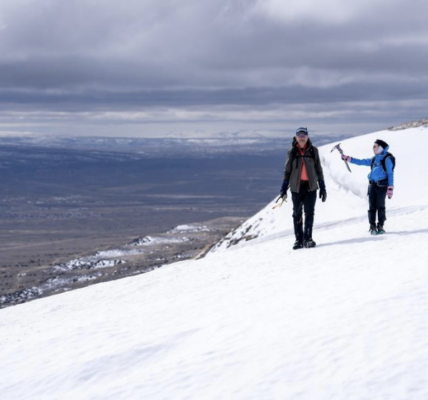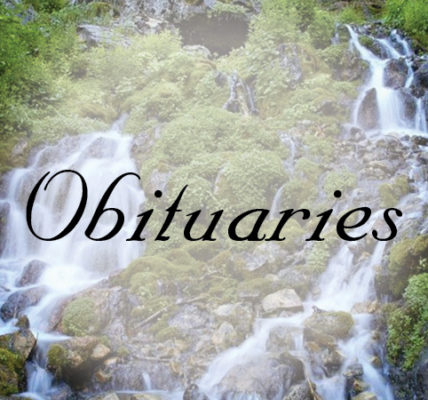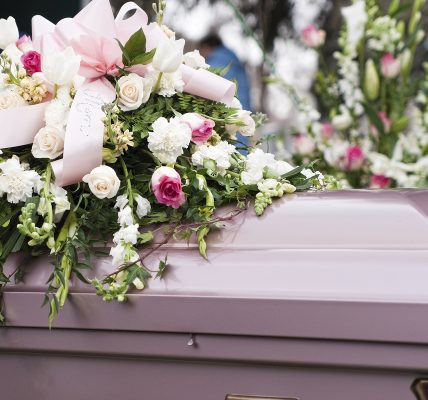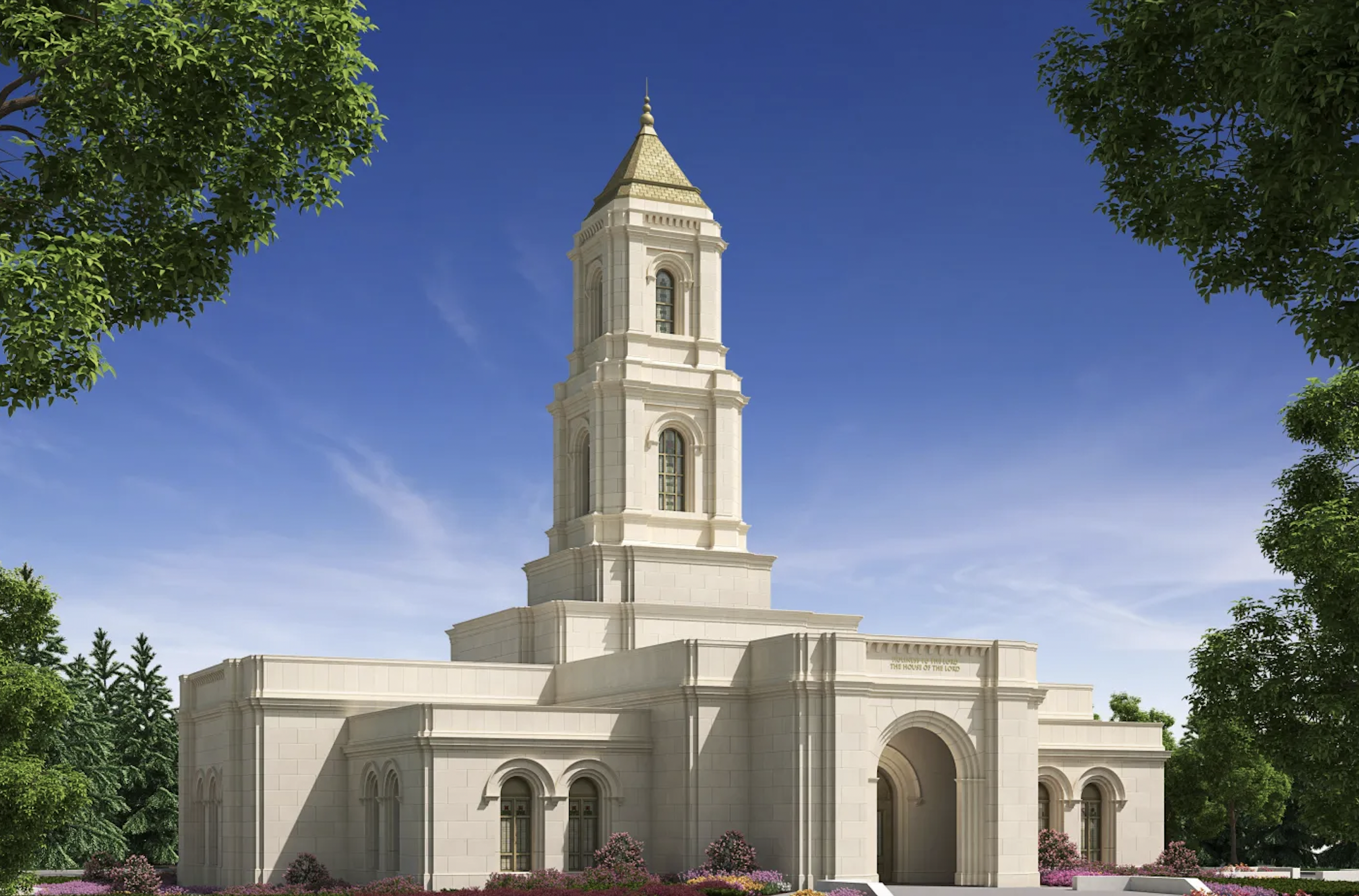
By CJ Baker
Powell Tribune
Via- Wyoming News Exchange
POWELL — After holding the project in limbo for more than a month, city officials have cleared the way for The Church of Jesus Christ of Latter-day Saints to begin building its planned temple in Cody.
However, it remains possible that the roughly $41 million facility could be held up in court: A group of neighbors to the site are asking a judge to halt the project while they litigate the matter.
On Aug. 8, Cody’s planning and zoning board capped a convoluted and contentious review process by approving the church’s plans to build a 9,950 square foot temple west of the Olive Glenn Golf Course.
Cody’s planning process with regard to the permits and exemption the temple required is left solely in the hands of the board, with no review or involvement from the city council.
But with continuing opposition to the project, Mayor Matt Hall and the council directed staff to withhold the building permit needed to begin construction.
Although earlier attempts at striking a compromise failed, “at the end of the day, we were trying to get something done,” Hall said in an interview. “And I had to try to get something done.”
He said the city reached out to the group opposed to the plans, Preserve Our Cody Neighborhoods, met with LDS church officials from Salt Lake City and even brought in other community members in an effort to find agreement.
City Councilman Don Shreve had specifically called on the church to reach out to opponents and “talk about the tower height with them.”
“Do something to heal the community,” Shreve told church members at an Aug. 15 council meeting.
In the end, however, the efforts didn’t go anywhere.
“The LDS church, they pretty much wanted the building permit before they were willing to really discuss things,” Hall said, while members of the Preserve Our Cody Neighborhoods indicated they’d already tried negotiations.
The sides are at an impasse, because the church wants to proceed at its 4.69-acre site off of Skyline Drive while the neighborhood group wants it to relocate the project.
Both sides have filed legal challenges to the way the planning and zoning board handled the review process and those four appeals remain pending.
According to a news release from the city, the LDS church said it would file another suit in Wyoming’s U.S. District Court “to recover damages and legal expenses” if the city continued to withhold the building permit.
Hall said the city didn’t want to be part of a protracted and potentially expensive legal battle.
“We kind of ran out of legal options … and pretty much were forced to release the building permit,” he said in an interview. “And, you know, frankly, we weren’t really getting anywhere at this point.”
In a Tuesday statement, President Jimmie Edwards, the second counselor in the church’s Cody Wyoming Stake, said the church is grateful to have a building permit.
However, the dispute is now heading to Park County District Court.
Injunction requested
In a pair of appeals, Preserve Our Cody Neighborhoods contends the planning board was wrong to approve the temple, arguing in part that the lighted 100-foot, 11- inch tower is “totally out of sync and character with the existing residential neighborhoods.”
Whether the tower height complies with city code was one of the hottest topics during the planning process and is again at issue in the litigation. The neighbor group contends the project will improperly damage their views, increase traffic, light, density and stormwater runoff and violate Cody’s city code and master plan.
It has asked presiding District Court Judge John Perry to issue a preliminary injunction and order the city to withhold the temple’s building permit.
Without a stay, “there is no protection from the safety issues or replacement for the complete [alteration] of the petitioners’ neighborhood due to loss of viewshed, damaging light pollution and harmful traffic congestion,” attorneys for Preserve Our Cody Neighborhoods wrote in an Aug. 31 filing.
In fact, if the church is allowed to proceed with construction, the neighbor group suggested that could render the litigation moot.
“It is highly unlikely that the LDS [church] would stipulate to tear down the temple if it loses one or more of these pending appeals,” the group wrote, and it’s unlikely a court would ever issue such an order. “If an illegal temple is allowed to be now pending these appeals, the damage to the [neighbors] will effectively be complete and irreparable.”
Seeking to move forward
However, the church — which has filed two appeals of its own — contends it should be allowed to move forward.
“Once the [planning] board decides a matter, it is in the public interest to allow that decision to proceed,” the church’s counsel wrote in a response last week, describing the board’s months-long review process as “exhaustive.”
The church also contends that the federal Religious Land Use and Institutionalized Persons Act required the city to approve the temple plans; that law — which is meant to protect citizens’ constitutional right to practice their religion — factored into the planning board’s approval of the project.
Church officials say the location, size and design of each temple all have religious significance.
For instance, the temples’ spires and steeples suggest “a goal of ascending toward heaven” while the sites are chosen by the church’s highest leaders.
“The precise location is important for religious reasons, even if those reasons are not always understood,” last week’s filing says.
Most significantly, the church says the new temple will make it easier for members to participate in essential rituals and covenants; currently, the church’s roughly 8,300 members in the Big Horn Basin must drive to Billings. “These burdens, felt by many citizens of Cody and residents in surrounding communities, outweigh the alleged concerns of the neighborhood group,” the church wrote.
Beyond the spiritual impact, the church says a delay will also have a financial cost as prices rise and as it misses out on investment income of more than $200,000 a month on the roughly $41 million committed to the project.


